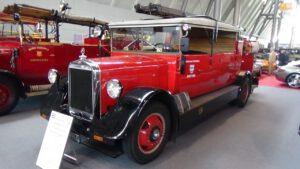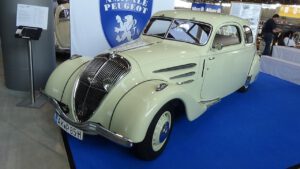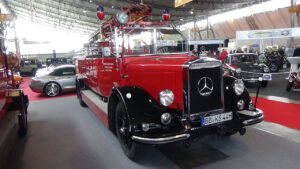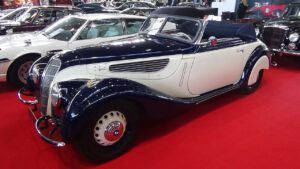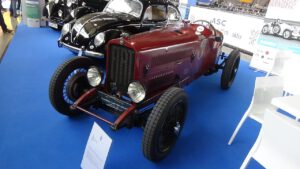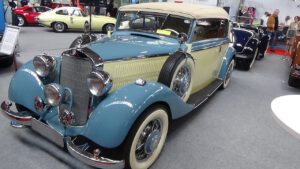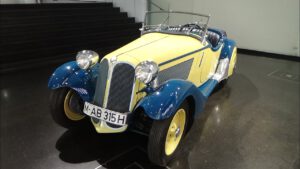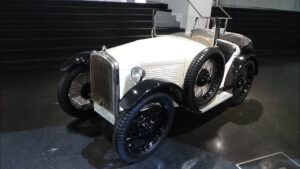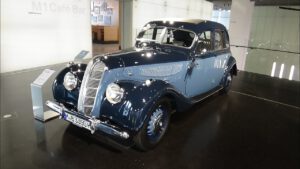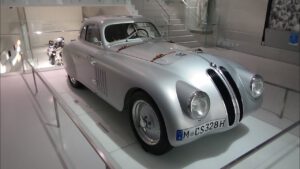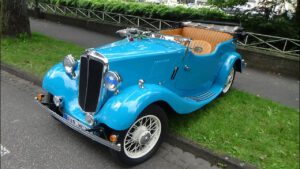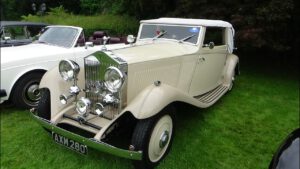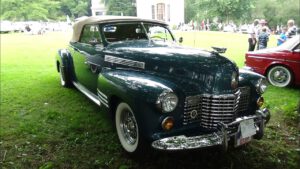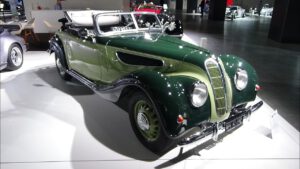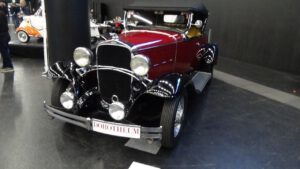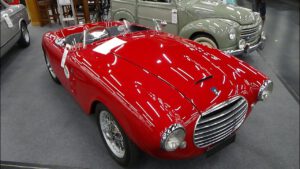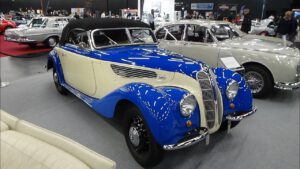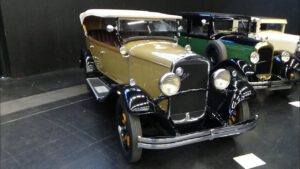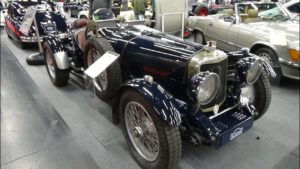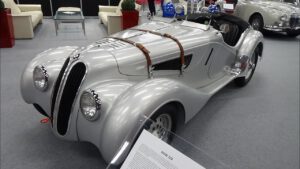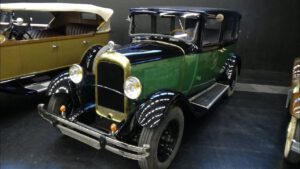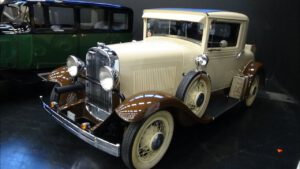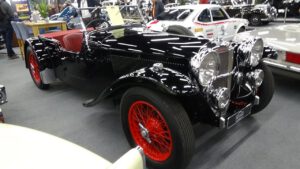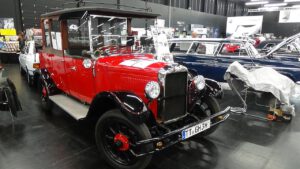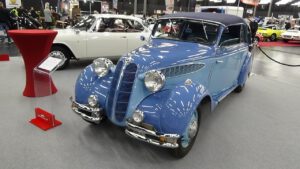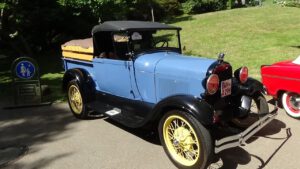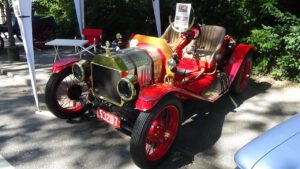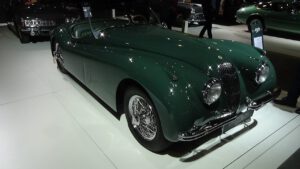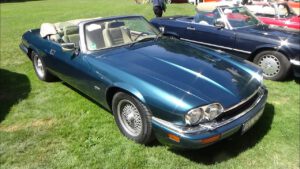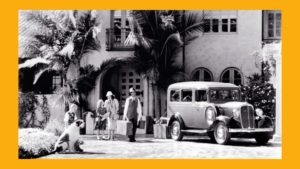
From 1929 to 1945, the United States experienced a phase of mass motorization. By the end of the 1920s, more than half of all North American families already owned a car. The pressure for rationalization led to a concentration process, with Ford’s mass production techniques quickly adopted by other American automakers. The associated higher capital expenditures and larger sales volumes ended the era of easy entry and free competition among many small manufacturers in the American industry. The number of active automobile manufacturers in the U.S. decreased from 253 in 1908 to only 44 in 1929, with around 80 percent of industrial production concentrated in Ford, General Motors, and Chrysler.
In contrast, Germany did not achieve this level of productivity. For instance, while Ford needed six unskilled workers to manufacture a car, Daimler required 1750 skilled workers. In Europe, the car was considered a luxury item and was not economically promoted. In order to withstand foreign competition, the Daimler-Motoren-Gesellschaft and Carl Benz & Cie. merged in 1926 to form Daimler-Benz AG, and Opel was taken over by General Motors. In France, Citroën was one of the most prosperous automobile companies, contributing numerous automotive innovations that were key to the brand’s rapid success.
The Wall Street Crash of 1929, known as the “Black Thursday,” plunged the automotive industry into crisis. American industries were the first to be affected, leading to a decline in car sales, with 2,500,000 produced in 1930 compared to only 1,500,000 in 1932. In Germany, there was further consolidation, with only 70 of 125 car manufacturers left, and less than 30 at the beginning of the Nazi dictatorship. In 1932, the brands Horch, Wanderer, Audi, and DKW merged to form Auto-Union AG.
Meanwhile, in the USA, there was technological stagnation, with innovations in product and production technology scarcely noticeable. The transition from a standardized model to a broad product range introduced planned obsolescence, placing a new emphasis on design, with the goal of encouraging consumers to buy a new car even if their old model had a much longer lifespan.
In Germany, there was support from the Nazi dictatorship, leading to an upswing in the automotive industry. The vehicle stock between 1932 and 1938 increased from 561,000 to 1.3 million cars in Germany. During the war, civilian vehicle production ceased in 1939 in Germany and 1942 in the USA. In Europe, automobiles seemed to disappear from public life during World War II, making way for bicycles and bike taxis in urban landscapes. Motor vehicle traffic drastically reduced during the war, and production shifted towards military goods. Cars started to be equipped with automatic transmissions, automatic clutches, hydraulic suspensions, and synchronized gearboxes.





